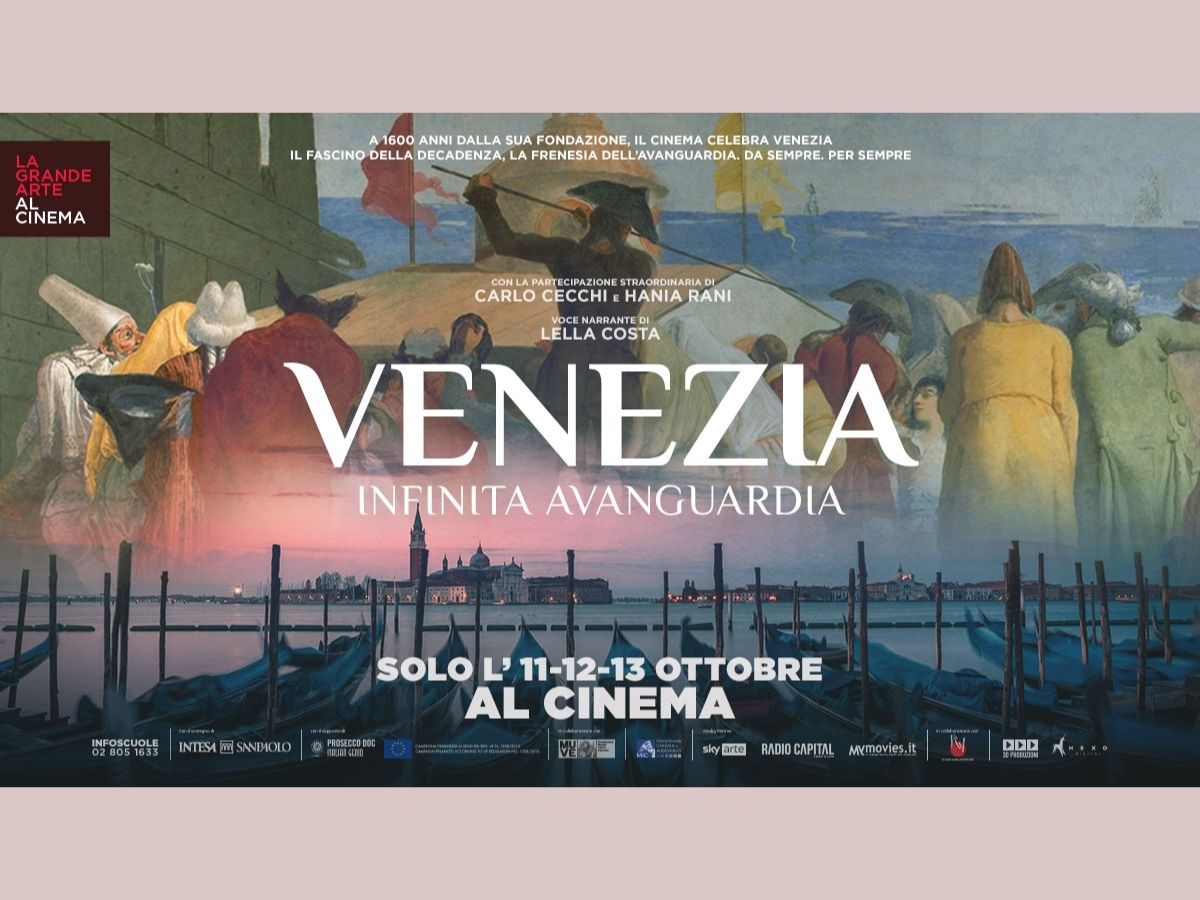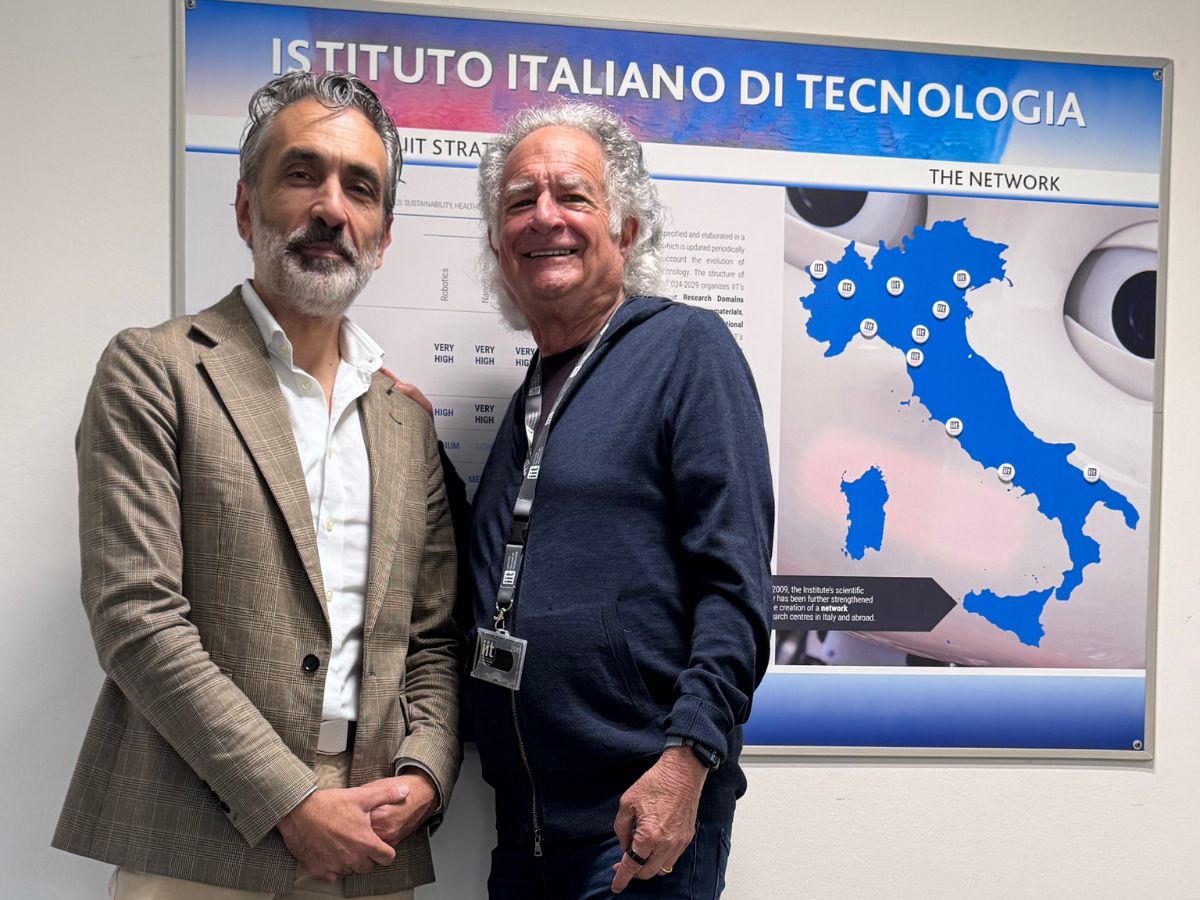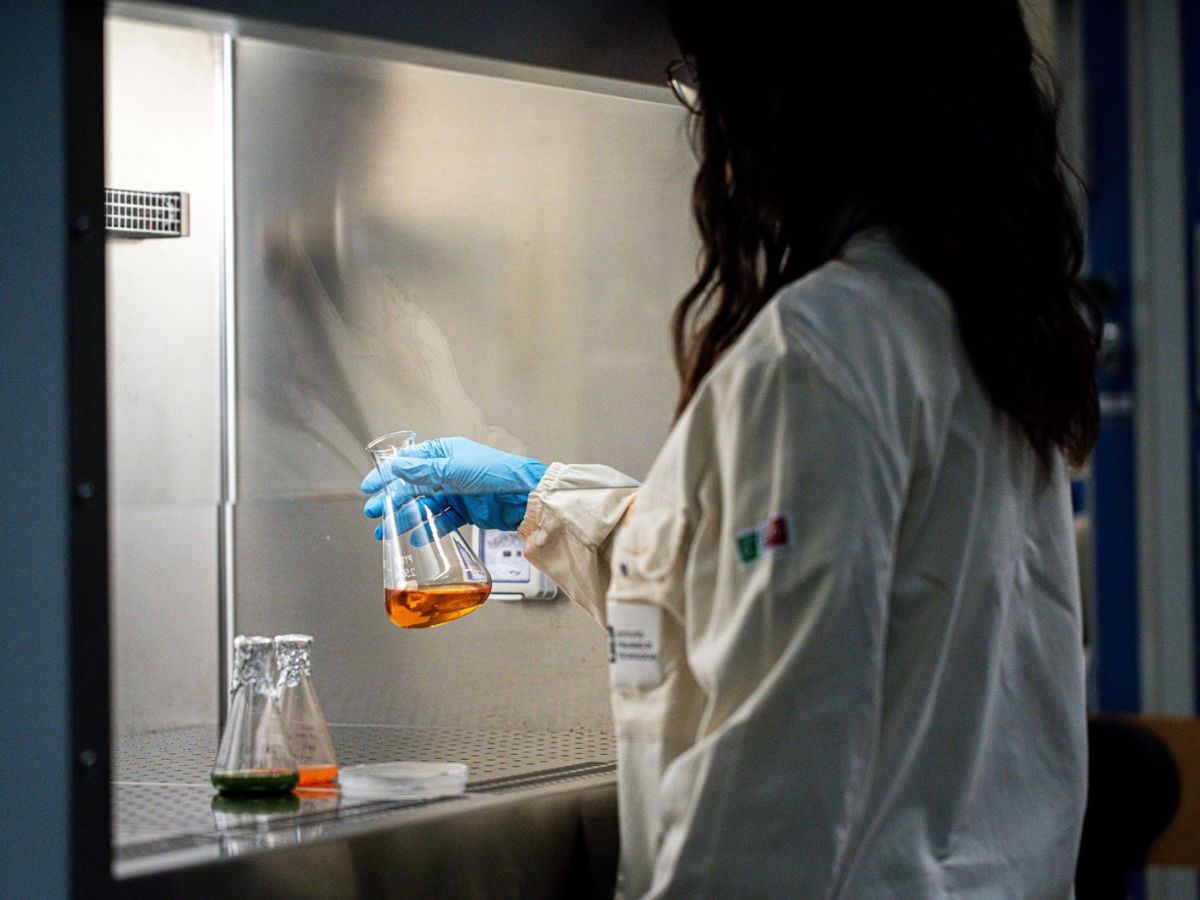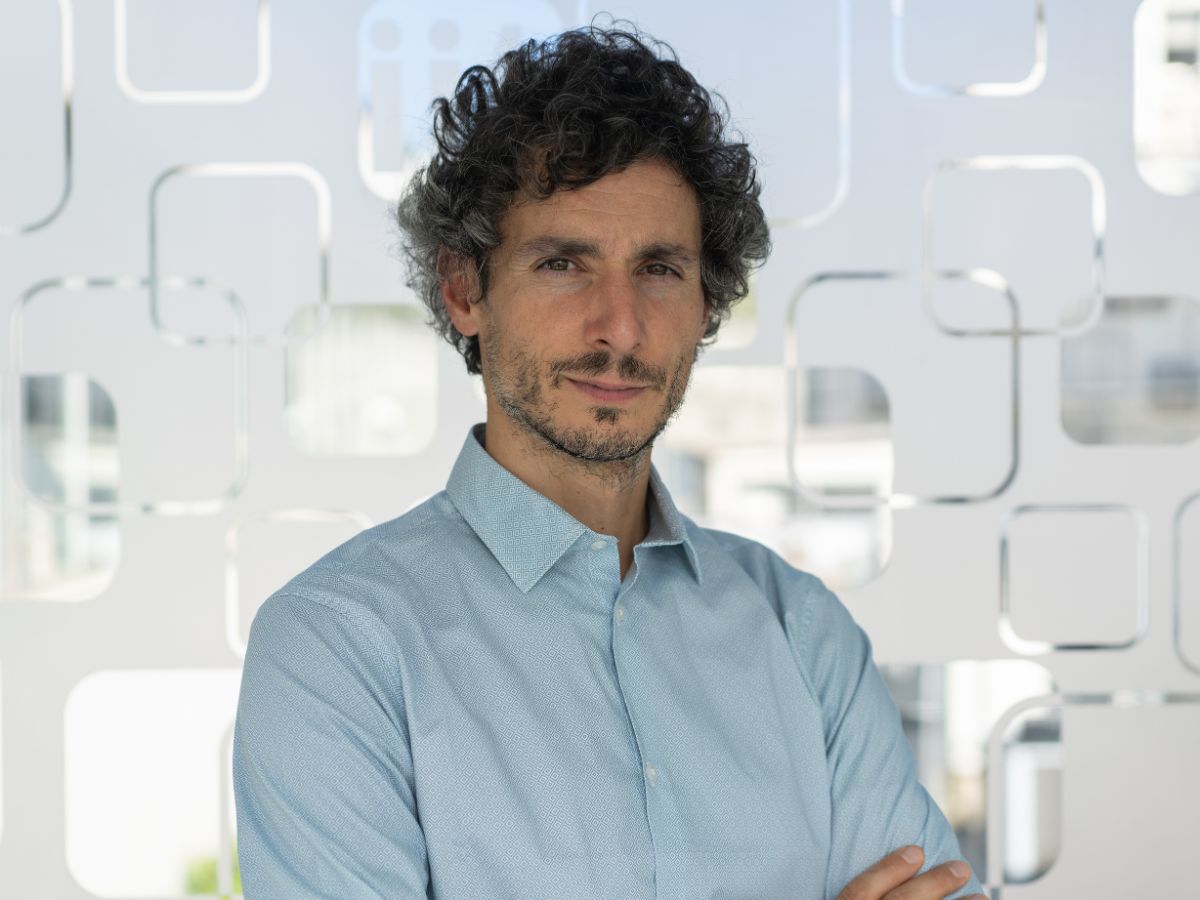Interview with Sabina Fedeli, author and screenwriter of the film VENEZIA. INFINITA AVANGUARDIA.
Coming to cinemas all over Italy on 11, 12 and 13 October, VENEZIA. INFINITA AVANGUARDIA (Venice. Infinite avant-garde) is a documentary film dedicated to Venice’s immense heritage, describing the location’s artistic and cultural connections, the palaces that house masterpieces and historical objects, and the features from different epochs that give rise to a portrait of the city as it could be in the future.
In the documentary film, produced by 3D Produzioni and Nexo Digital with special cooperation from Fondazione Musei Civici di Venezia (Foundation of Civic Museums in Venice), the narration is provided by Lella Costa in voiceover; the film also features Carlo Cecchi, a master of Italian theatre, and the Polish pianist Hania Rani.
Alongside intertwined stories, works of art, and personalities from the social and cultural life of past eras, there are contributions by art historians, urban planners, sociologists, philosophers, curators, musicians, writers, journalists and representatives of the world of research, all of whom are now involved in living, narrating and preserving the uniqueness of Venice. These personalities include Arianna Traviglia, Director of the IIT Centre in Venice, the Center for Cultural Heritage Technology, CCHT, Gabriella Belli, Director of the Foundation of Civic Museums in Venice, Giulia Foscari, architect, researcher and writer, Cristina Gregorin, writer; Mariacristina Gribaudi, President of Musei Civici di Venezia (Civic Museums of Venice), the German artist Anselm Kiefer, Tiziana Lippiello, Rector of Ca’ Foscari University, Giorgio Ravegnani, Byzantine historian, and Pierre Rosenberg, art historian.
Venice represents the great challenge of the future: a city that wants to lead the field in culture, creativity, research and sustainability for tomorrow, but, as underlined by the film, a city that “is not part of classical categories. It is not standard”.
VENEZIA. INFINITA AVANGUARDIA, based on a subject by Didi Gnocchi, with screenplay by Sabina Fedeli, Didi Gnocchi, Valeria Parisi and Arianna Marelli, was directed by Michele Mally.
Sabina Fedeli, considering the personalities you chose to tell the story of Venice in your film, who are the people who represent Venice in the world today?
There are many people who now represent Venice internationally, and they are no longer just Italian. Many individuals have decided to return there from elsewhere, like the Venetian Giorgio Andreotta Calò, who came back from Holland, while others have chosen to live there, such as the set designer and director Pier Luigi Pizzi. Chinese artist, architect and political activist Ai Weiwei brings the thousand-year-old tradition of glass to the world. He is currently working in Murano to create his large works in glass. In our docufilm we show one of his latest creations, a gigantic chandelier handmade by the master glassmakers of the Berengo Foundation. Anish Kapoor, the famous Anglo-Indian artist, has chosen Venice, and Palazzo Manfrin, which he is currently restoring, as the location for his foundation. Giulia Foscari, Venetian architect with a studio in Germany, tells us that Venice is like a musical instrument, a Stradivarius: if played, its music can travel everywhere, carrying important messages. Tiziana Lippiello, a sinologist and Rector of Ca’ Foscari University, amazed us when she told us that Chinese students are sent by their government to Venice in order to study the cultural heritage because the city is considered as emblematic, representing our country.
Among the many personalities and professionals who over the centuries have contributed to Venice’s character, making it great, there now seems to be an equally numerous group of new professionals who are working on it and are performing research for its conservation. Did you expect this before the film?
During the film’s preparation, we discovered that there are a lot of people who are dedicated to this activity from different perspectives; some from the point of view of the conservation of Venice’s artistic heritage, others working on environmental aspects, in order to catalyse the presence of a vast array of intelligence in the city and make it into a laboratory, for example to study climate change on a planetary scale. It was fascinating to listen to Arianna Traviglia, Director of IIT’s Center for Cultural Heritage Technology, explaining how hyperspectral imaging makes it possible to ‘rediscover’ ancient texts, reading aspects beyond what the human eye can see, identifying a series of details that narrate their most secret history. The technique is an advanced and useful tool for preserving manuscripts and protecting them from the problems that can arise from their consultation.
The city is like an oxymoron, with opposing DNAs conserved together in a formidable contradiction: the charm of decadence and the frenzy of the avant-garde. The fragility of works of art dating back hundreds of years and the power of new technology designed to preserve them. Creating coatings to protect precious marble from high water. Using AI to create digital twins of unique works and prevent them from being lost forever. Hyperspectral technologies are used to analyse antique paintings and reveal their secrets. These are some examples of the activities carried out at CCHT (Center for Cultural Heritage Technology) in Venice. Is it the combination of art and science that creates another facet, capable of talking about Venice today and in the future?
Yes, that’s right. What struck us was that this city, which is often trapped in its history, in a static image, poised between romanticism and decadence, has always tried to look ahead even in the field of technology. And this characteristic now seems to have found a new application. After all, Venice is a futuristic city, a city without cars, an aquatic location that is a candidate for becoming a sustainable city. Pierpaolo Campostrini from Corila (Consortium for the coordination of research activities on the Venice lagoon) tells us about Venice as a modern city, with the world’s largest pedestrian centre and the study of new boats and electric vaporetto ferries. The lagoon is a hotspot, a privileged location for study by the scientific community, a ‘sea’ in which to work on climate change and assess its effects in the Mediterranean and the oceans. Another very interesting topic is the management of marine waste, with all the new technology available for recovering it and transforming it into new resources. In short, Venice encapsulates the idea of a cleaner sea but also that of creating new economic stakeholders.





